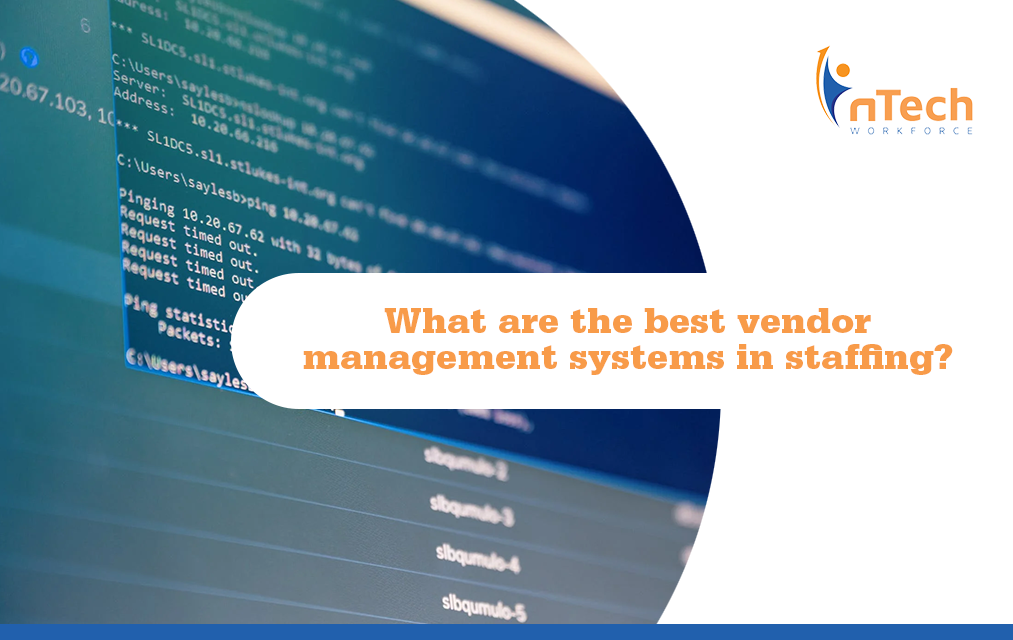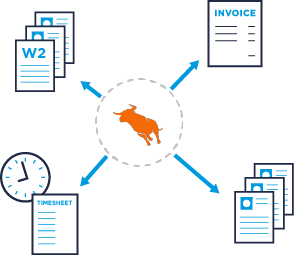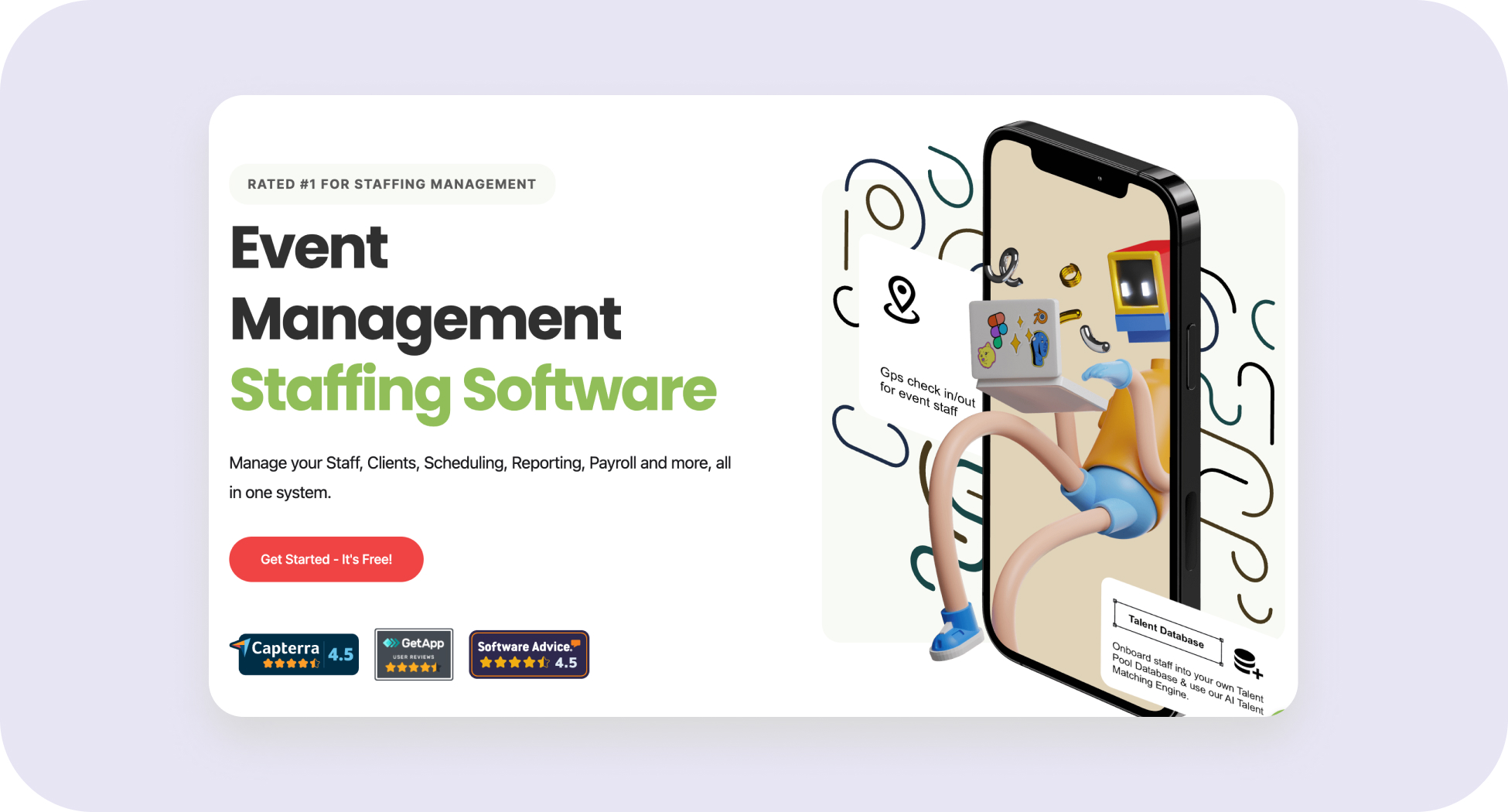Enhance Staffing Procedures with Tailored Management Software
Enhance Staffing Procedures with Tailored Management Software
Blog Article
Letting Loose the Power of Information: Enhancing HR Techniques With Cutting-Edge Staffing Management Software Program
In the swiftly developing landscape of human resources, the use of information has ended up being a crucial force in shaping business success. As companies strive to stay dexterous and affordable, the integration of advanced staffing management software attracts attention as a transformative tool in streamlining human resources processes. By harnessing the power of data analytics, organizations can not only boost their recruitment strategies yet likewise optimize employee retention and performance. The synergy between data-driven insights and progressed innovation provides an engaging chance for HR professionals to revolutionize their technique towards talent management.
Importance of Data-Driven Human Resources Approaches
Why have data-driven HR approaches come to be vital in contemporary service procedures? In today's competitive and hectic organization setting, organizations are progressively depending on data-driven understandings to make educated decisions. Data-driven human resources strategies allow business to optimize their labor force management, employment procedures, and staff member interaction efforts. By assessing information connected to staff member efficiency, turn over rates, and ability voids, HR departments can recognize trends, predict future requirements, and establish aggressive remedies to resolve challenges.
Data-driven HR strategies likewise play an essential role in improving worker contentment and retention. Through the evaluation of staff member feedback, performance testimonials, and training outcomes, human resources experts can tailor individual development strategies, identify high-potential employees, and promote a culture of continuous knowing and growth within the organization. Data-driven understandings enable Human resources groups to straighten their methods with the general business purposes, making certain that ability management efforts directly contribute to organizational success.
Advantages of Staffing Management Software Application
Making use of staffing management software streamlines the recruitment and onboarding procedures for HR divisions, boosting performance and accuracy in talent purchase. One considerable advantage of this software program is the ability to systematize candidate data, making it easily accessible for employment groups. By having all applicant details in one location, human resources specialists can effectively track candidate progression, connect properly with potential hires, and ensure a seamless employment experience.
Additionally, staffing management software often consists of features such as return to parsing and search phrase matching, which assist in swiftly determining top candidates that match the work requirements. This automation reduces the moment invested in manual resume screening, permitting human resources personnel to concentrate on more calculated jobs. staffing management software. In addition, these systems can integrate with work boards and social media systems, increasing the reach of task posts and attracting a varied pool of candidates
Furthermore, analytics and reporting devices within staffing administration software application offer valuable understandings into recruitment metrics, such as time-to-fill and cost-per-hire. This data-driven approach enables HR groups to make informed decisions, enhance recruitment approaches, and boost general employing procedures. By leveraging these advantages, companies can simplify their talent procurement efforts, improve prospect experience, and ultimately construct a solid workforce.
Enhancing Recruitment Processes With Data
By leveraging information, business can make more informed choices throughout the employment lifecycle, eventually leading to better hires and boosted retention rates. One vital means data boosts recruitment procedures is by maximizing task posts based on understandings from previous effective hires.
In addition, information analytics can enhance the screening and option procedure by recognizing patterns in candidate qualifications and performance indications. In general, incorporating data into recruitment processes encourages companies to make smarter employing decisions and develop high-performing groups.
Improving Worker Retention With Innovation

One method innovation can improve employee retention is through using worker interaction systems. These platforms permit for real-time feedback, recognition, and interaction between staff members and monitoring, fostering a society of admiration and support. Additionally, innovation can allow personalized learning and advancement programs customized to individual staff member needs and occupation goals, boosting job complete satisfaction and loyalty.
Additionally, information analytics tools can aid companies recognize patterns and patterns Discover More Here connected to worker turnover, enabling them to take positive procedures to attend to potential issues prior to they escalate. Overall, by leveraging technology efficiently, organizations can create a much more interesting and supportive workplace that urges site link employees to stay and grow within the firm.
Making Best Use Of Workforce Efficiency With Data

Through the analysis of data, HR departments can recognize patterns and trends that impact productivity degrees. As an example, by tracking staff member job hours and job conclusion prices, companies can enhance work routines to make sure that jobs are successfully distributed among staff member. Furthermore, data can disclose skill spaces within the workforce, enabling HR to carry out targeted training programs that improve employee capabilities and general performance.
In addition, data-driven performance assessments enable managers to give details feedback and assistance to employees, promoting a society of constant renovation. On the whole, leveraging information to make best use of workforce productivity is a critical technique that empowers organizations to attain their objectives efficiently and efficiently.
Final Thought
Finally, making use of advanced staffing monitoring software program can substantially improve HR approaches by leveraging the power of information. By incorporating data-driven recruitment processes, enhancing employee retention through innovation, and making the most of labor force productivity, companies can improve their operations, make even more enlightened decisions, and ultimately accomplish better success in handling their human capital. Welcoming these technological innovations is important in the ever-evolving landscape of personnel management.
Data-driven HR techniques enable firms to maximize their workforce monitoring, employment procedures, and worker engagement efforts. By evaluating data related to worker efficiency, turn over prices, and ability spaces, HR departments can recognize patterns, anticipate future requirements, and establish positive solutions to resolve obstacles.

Report this page